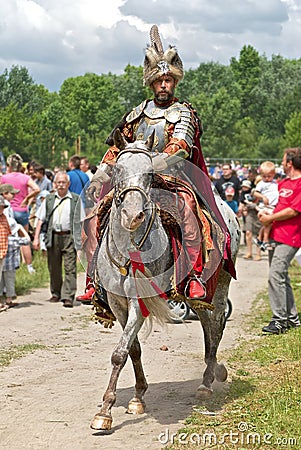Bearing Witness, Making Solidarity:
5000 Turn Out vs. Torture and Murder
At Fort Benning’s ‘School of the Americas’
By Carl Davidson
The annual School of the Americas Watch vigil and procession are a unique and powerful event in America political life
Going on for 20 years now, the mobilization against the training of torturers and killers in Fort Benning, GA is part peace mobilization, part solidarity with Latin America event, part religious pageant, part public face of the Catholic left, and part gathering of the tribes for newly radicalized youth. The gathering draws thousands of people, including nuns and priests, veterans and labor organizers, along with other peace and solidarity activists. They all come for a two-day creative mixture of diverse events that leaves everyone politically transformed and emotionally peaked.
This year’s event was no different. Over the weekend of Nov 19-21, close to 5000 people took part is a series of colorful and dramatic actions. Thirty were arrested and held several days by police. Four of these were arrested after intentionally committing civil disobedience by climbing over a fence topped with barbed wire at the entrance to Fort Benning. Others were arrested for simply straying off a sidewalk in an attempt to march to downtown Columbus, GA. Local courts imposed heavy fines and maximum sentences.
Why is the U.S military training torturers and death squads? The answer is an old one: wealth, power and intimidated, non-union labor.
“For the past several decades, the US has allied with dictators in Latin America who helped that region’s small, elite group of wealthy landowners,” said SOAW founder Father Roy Bourgeois, a Louisiana native, who lives just outside the gates of the school in Fort Benning where he carries on his work.
“We got involved militarily with these countries because they were rich in natural resources, with coffee in Colombia, bananas in Central America, copper in Chile, petroleum in Venezuela and tin in Bolivia. With their militaries, the U.S. joined with them to exploit those natural resources and to pay workers $1 a day. There were no labor laws there,” Bourgeois noted. “We were like the new conquistadors.”
 The high point of the weekend was the Sunday procession of thousands, each carrying a white cross with the name of a slain Latin American peasant, worker or child, and a number of priests and nuns, including Salvadoran Archbishop Oscar Romero, slain by those trained in Fort Benning’s SOA facility. Teams of singers mournfully sang the names and ages, and after each one, everyone raised their crosses, and answered with the classic salute of the living to those who have fallen in battle: “Presente!”
The high point of the weekend was the Sunday procession of thousands, each carrying a white cross with the name of a slain Latin American peasant, worker or child, and a number of priests and nuns, including Salvadoran Archbishop Oscar Romero, slain by those trained in Fort Benning’s SOA facility. Teams of singers mournfully sang the names and ages, and after each one, everyone raised their crosses, and answered with the classic salute of the living to those who have fallen in battle: “Presente!”






 Progressive Caucus
Progressive Caucus 




 The Town Meeting featured twelve speakers divided into morning and afternoon panels. US Congressman Chaka Fattah was one of the speakers. The speakers focused on the need to finance job programs, alternative energy development and other domestic needs.
The Town Meeting featured twelve speakers divided into morning and afternoon panels. US Congressman Chaka Fattah was one of the speakers. The speakers focused on the need to finance job programs, alternative energy development and other domestic needs. 

